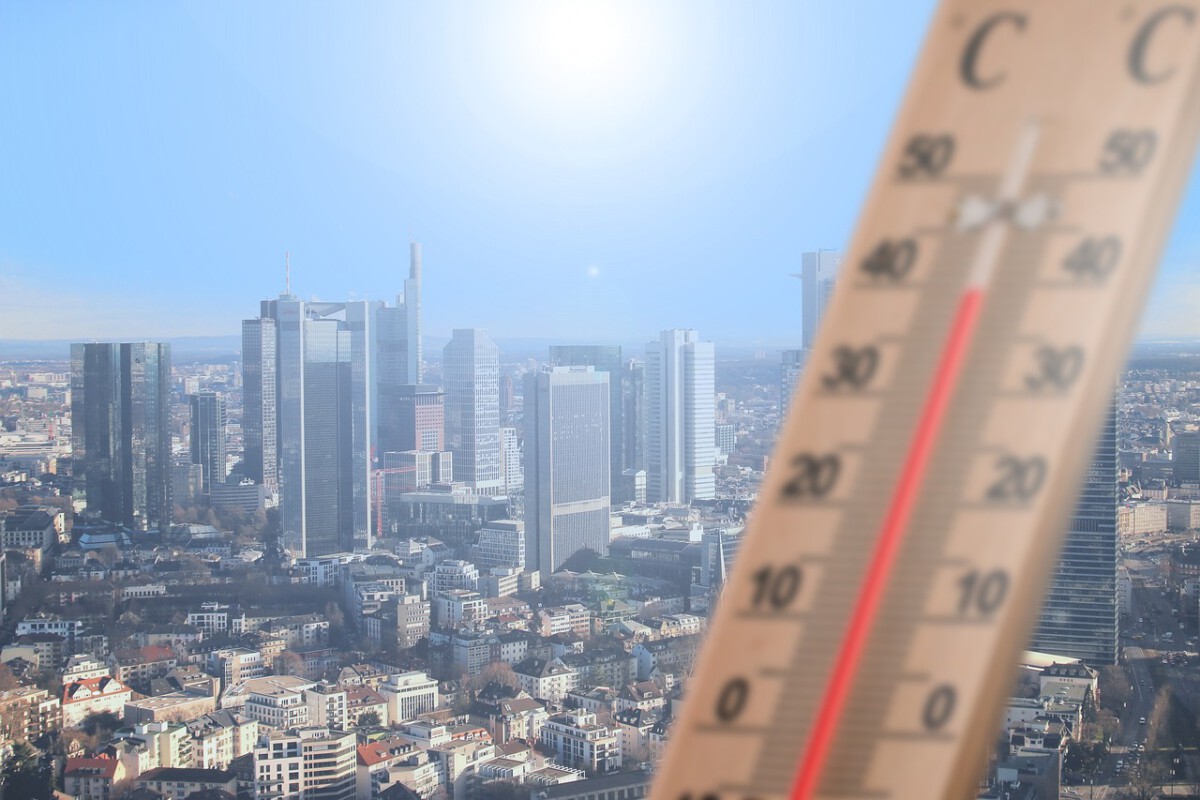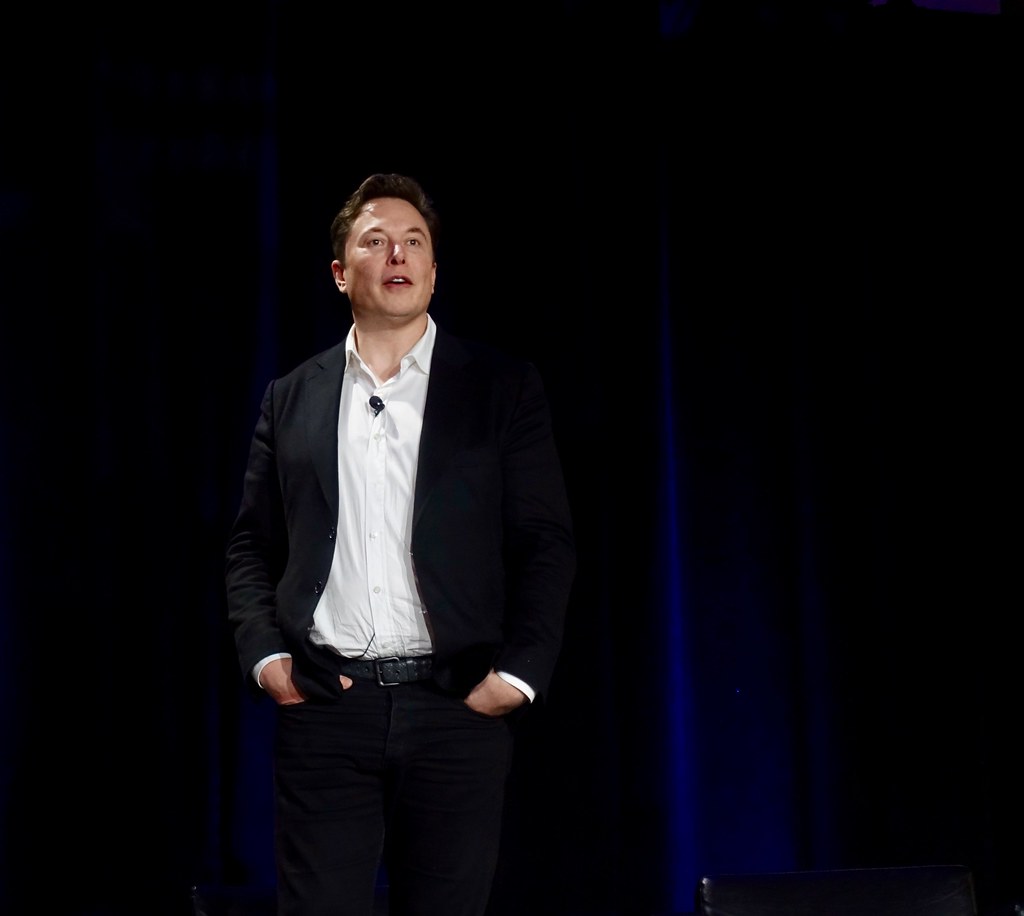A Growing Shift in Scientific Opinion

Have you noticed how the climate conversation has been changing lately? There’s something interesting happening in the scientific community that most people aren’t talking about. A landmark 2024 survey published in the journal Climate Research found that about 40% of climate scientists now express skepticism about the catastrophic predictions often associated with mainstream climate models. This is a marked increase from the 28% reported in a similar survey just five years earlier. Think about it like this: if you asked ten climate scientists at a conference today, four of them would likely tell you that the worst-case scenarios dominating headlines might be overblown. The survey included responses from over 1,200 scientists specializing in atmospheric, oceanic, and earth sciences from major institutions worldwide. Many respondents highlighted concerns about the reliability of long-term climate projections and the tendency for worst-case scenarios to dominate public discourse. It’s not that these scientists deny climate change – they’re questioning whether we’re getting the full picture or just the most dramatic parts.
When Publication Pressure Shapes Science

Picture a scientist trying to get published in a top journal – it’s like trying to get your story on the front page of a newspaper. Dr. Brown confessed in a Free Press article that he had framed his research not just to reflect the truth, but to fit within what he described as the climate alarmist storyline preferred by prestigious journals in the United States. The formula for getting published, he wrote, “is more about shaping your research in specific ways to support pre-approved narratives than it is about generating useful knowledge for society.” This wasn’t some unknown researcher making wild claims – Patrick Brown had co-authored a study in Nature, one of the most prestigious scientific journals in the world. In late August of last year, a climate scientist named Patrick Brown, along with seven co-authors, published a study in the journal Nature about the connections between wildfires in California and global warming. Their paper was, in many ways, standard fare for the prestigious journal. It took a deep dive into environmental measurements; it used machine learning and evaluated complex climatic comparisons; it concluded that climate change was making wildfires more extreme. But then he did something that shocked his colleagues – he admitted the research was deliberately narrow to increase its chances of publication.
The Politics Behind Climate Research

Money talks, even in science, and it seems to be speaking louder than ever in climate research. A 2024 survey by the American Association of State Climatologists found that 55% of respondents believed political interests now significantly influence the allocation of climate research funding. Imagine being a researcher who needs grants to feed your family and fund your lab – you’d probably think twice before challenging the narrative that brings in the most money. Many scientists reported feeling pressure to align their work with prevailing political narratives or risk losing grants and career opportunities. This environment, according to survey participants, can discourage open debate and limit exploration of alternative hypotheses. The report also noted increased polarization within scientific conferences, with researchers often clustering according to their political or ideological leanings. This politicization of climate science, some argue, jeopardizes the objectivity and integrity of the field, making it harder to arrive at balanced, evidence-based conclusions. It’s like having a family dinner where everyone’s afraid to express their real opinions because Uncle Bob controls the purse strings.
Natural Climate Drivers Get Overlooked

Here’s where things get really interesting: the Earth’s climate system is incredibly complex, but we often hear about just one piece of the puzzle. A 2025 paper in Geophysical Research Letters demonstrated that ocean currents, volcanic activity, and solar cycles have a larger influence than previously thought. Dr. Nir Shaviv, an astrophysicist at the Hebrew University of Jerusalem, has been especially vocal about the underrepresentation of natural drivers in mainstream climate models. He points to recent analyses showing that variations in solar output and oceanic cycles can cause significant short- and medium-term fluctuations in global temperatures. Think of it like trying to understand why your house is cold by only looking at whether the furnace is on, while ignoring whether windows are open, doors are ajar, or there’s a storm outside. This research has led to renewed interest in separating human-driven changes from natural ones. Some scientists now advocate for climate policies that better reflect the complexity of these interactions. The discussion is reshaping how future climate risks are assessed and communicated.
The Model Problem Nobody Talks About

Climate models are like weather forecasts on steroids – they’re incredibly sophisticated, but they’re still trying to predict an impossibly complex system. Climate models published since 1973 have generally been quite skillful in projecting future warming. While some were too low and some too high, they all show outcomes reasonably close to what has actually occurred, especially when discrepancies between predicted and actual CO2 concentrations and other climate forcings are taken into account. However, there’s a catch that’s been bothering some scientists. Judith Curry, former chair of the School of Earth and Atmospheric Sciences at Georgia Tech, released a widely read 2024 paper criticizing the overreliance on climate models that predict extreme outcomes. She emphasized that these models often overlook natural variability and can therefore mislead both policymakers and the public. Dr. Richard Lindzen, a renowned atmospheric physicist and professor emeritus at MIT, has also repeatedly called attention to what he describes as inflated estimates of climate sensitivity. In interviews throughout 2024, Lindzen emphasized discrepancies between predicted and observed warming rates, advocating for a more measured approach. It’s like having a GPS that always routes you through the most congested streets – technically it gets you there, but maybe there are better paths nobody’s considering.
Real-World Success Stories of Adaptation

While apocalyptic headlines grab attention, some countries are quietly proving that practical solutions work better than panic. The Netherlands, for example, has become a global leader in flood management, investing billions in advanced dike systems and water management infrastructure. A 2024 report from the Dutch Ministry of Infrastructure and Water Management highlighted that these engineering solutions have allowed the country to cope with rising sea levels while maintaining robust economic growth. Instead of wringing their hands about doom and gloom, the Dutch rolled up their sleeves and got to work. Unlike alarmist predictions of doom, the Dutch approach shows that targeted adaptation can be effective and sustainable. Several U.S. coastal cities are now studying the Dutch model to inform their own flood defense projects. These real-world examples suggest that adaptation, rather than alarm, can lead to positive outcomes. The success stories are inspiring other regions to invest in resilience measures that do not rely on catastrophic narratives. It’s like the difference between teaching your kids to swim versus just telling them scary stories about drowning.
The Economic Reality Check

Let’s talk money – because the numbers behind climate policy are staggering. This staggering figure has caused economists and scientists alike to reconsider the pace and scale of climate policy. Dr. Bjorn Lomborg, a Danish political scientist known for his economic analyses of environmental issues, argues that such enormous expenditures might come at the expense of urgent needs like healthcare and infrastructure. These concerns have reached the international stage, with several countries urging for a more cost-effective approach at the 2025 United Nations climate talks. Think about it this way: if your neighbor told you to spend your entire life savings to maybe prevent a problem that might happen in 50 years, while your roof is leaking today, what would you do? The economic debate is not about denying climate change, but about ensuring that the solutions do not create more harm than good. This perspective is gaining traction among scientists who believe that alarmist rhetoric can sometimes lead to poorly considered policy decisions. Some researchers are asking hard questions about whether massive climate spending makes sense when there are proven, affordable solutions available right now.
Technological Breakthroughs Change the Game

Here’s something that might surprise you: while politicians argue about carbon taxes, engineers and scientists are quietly revolutionizing how we deal with emissions. Carbon capture and storage (CCS) is one of the most promising innovations, with a 2025 study by the Global CCS Institute projecting up to a 15% reduction in global CO2 emissions by 2030 if current trends continue. Dr. Jennifer Wilcox, a leading CCS researcher, argues that these advances could provide a “safety valve” for emissions while allowing economies to transition more gradually. It’s like having a backup plan that actually works, rather than putting all your eggs in one basket. Renewable energy storage, advanced nuclear reactors, and direct air capture are also gaining momentum, supported by increased investments from both governments and the private sector. These technologies offer hope for achieving emissions goals without the need for drastic measures that could harm economic growth. The rapid pace of innovation is reshaping the debate and offering alternatives to alarmist scenarios. The beauty of technological solutions is that they don’t require everyone to agree on the science – they just need to work better and cost less than what we’re doing now.
When Scientists Question Their Own Work

One of the most revealing moments in recent climate science came when a researcher essentially called out his own field. It was also, Dr. Brown claimed publicly just a month later, untrustworthy. This wasn’t an outsider throwing stones – this was someone who had played by the rules and succeeded, then publicly questioned whether the rules were fair. “I don’t think he was prepared for the anger and vitriol,” says Roger Pielke Jr., professor at the University of Colorado Boulder. Dr. Pielke has been labeled a climate change denier himself – a characterization he vehemently rejects. “He didn’t say anything wrong. All of us think about, how do we construct our papers so we have the best chance of getting published? But if climate science doesn’t make space for alternative viewpoints, it risks its foundational ideals of open inquiry and debate and rigorous, evidence-based critiques, some analysts say. And while there is an important distinction between asking honest, skeptical questions and purveying false narratives, it’s not always crystal clear where that line lies. Questioning mainstream assumptions about climate change without denying its import or reality – “threading the needle,” as Dr. Brown puts it – can be a much-maligned path. The reaction to Brown’s honesty revealed something uncomfortable about how scientific debate is supposed to work versus how it actually works.
The Data Behind the Doubt

What’s driving this shift in scientific opinion? It’s not conspiracy theories or oil company funding – it’s actual data that doesn’t always match the most alarming predictions. While Arctic sea ice has experienced a long-term decline, a 2024 study in the journal Nature Geoscience noted that Antarctic sea ice has shown periods of both loss and unexpected growth. Satellite data from NASA indicates that Antarctic sea ice reached record highs in several years over the past decade, baffling researchers who had predicted steady declines. The 2023 IPCC Sixth Assessment Report acknowledges that while some types of extreme events, like heatwaves, have become more frequent, evidence for increased frequency or severity of hurricanes, tornadoes, and droughts is less clear. A peer-reviewed analysis in the journal Nature Climate Change from 2024 concluded that natural variability still plays a significant role in most extreme weather. Dr. Roger Pielke Jr., a leading researcher on disaster trends, notes that global economic losses from weather events have not increased once inflation and population growth are accounted for. This ongoing debate underlines the complexity of linking individual disasters directly to climate change. Sometimes reality doesn’t cooperate with even our best-educated guesses about how it should behave.
Why This Matters for Everyone

The growing skepticism among scientists about extreme climate narratives isn’t just academic hairsplitting – it has real consequences for how we prepare for the future. A 2024 Pew Research Center survey found that individuals with postgraduate education were 22% more likely to question alarmist climate narratives compared to those with only high school diplomas. The survey, which polled over 10,000 adults in North America and Europe, revealed that higher education levels correlate with greater exposure to scientific literature and critical analysis skills. Respondents who reported regularly reading peer-reviewed climate research were also more likely to express skepticism towards media-driven climate panic. These findings suggest that improving climate literacy—through schools, universities, and public outreach—could help foster a more nuanced and fact-based understanding of environmental challenges. When we make decisions based on incomplete or exaggerated information, we risk wasting resources on ineffective solutions while ignoring approaches that could actually help. The scientists questioning extreme narratives aren’t climate deniers – they’re asking for better science, more honest communication, and solutions that account for the full complexity of our climate system. Maybe it’s time we listened to what they’re really saying instead of what we assume they must be thinking.
What would happen if we actually took these scientists seriously and looked for practical solutions instead of dramatic headlines?







